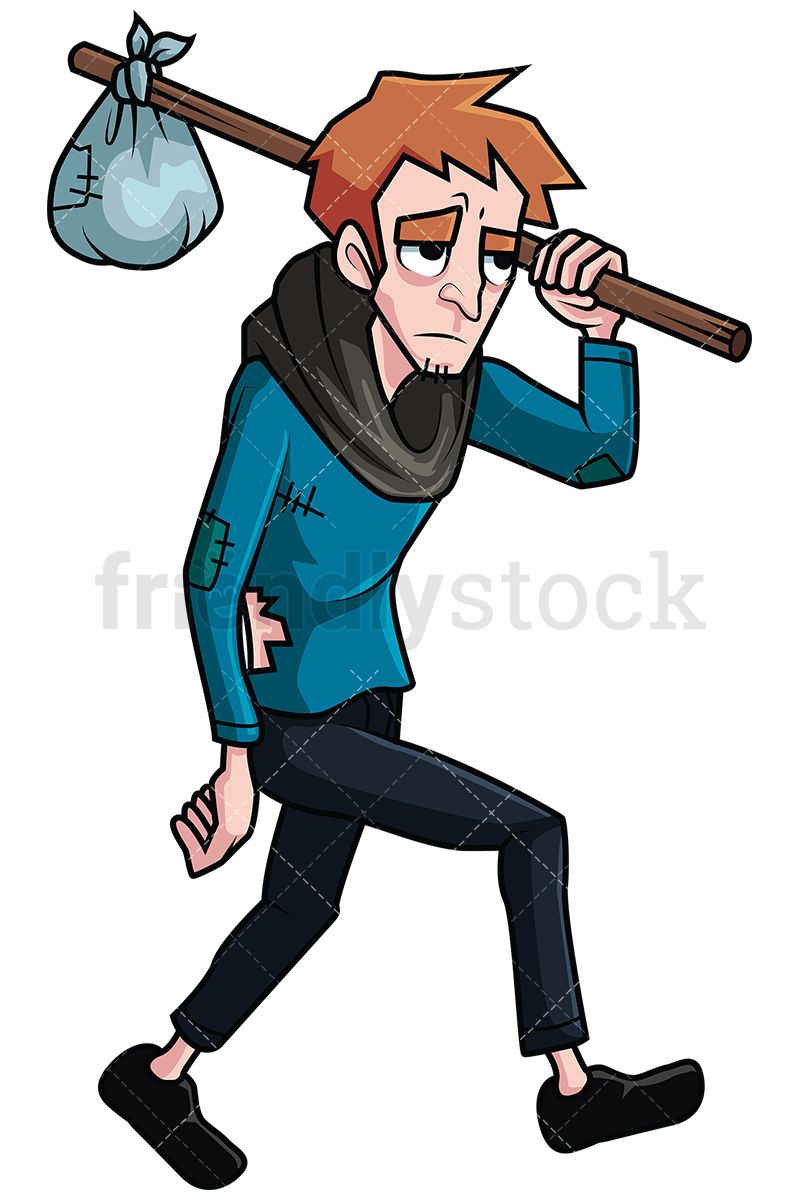
The werewolf has always been cast as a social outsider and even its earliest appearances on film, such as The Wolf Man (Waggener: 1941), saw lycanthropy as a condition indicative of Gypsies and traveling people – those that were considered to steal from and prey upon society. Although, the connection between the two might not be obvious at first, this article will make it apparent that the fear around the werewolf is utilized to signify the same anxieties around the homeless. The homeless or extreme poverty was rarely shown in pre-war mainstream films, but the werewolf – a figure that shares many common features with that of a homeless person – became a stalwart of pre, and post-World War Two monster movies. This ejection from the mainstream population sees them configured, at least in literary representations, as ‘animals’ (DePastino 2010: 204), or animalistic, and a ‘societal disease’ (Allen 2004: 75).

So much so that over time they have become increasingly ostracized and, ostensibly, completely removed from the areas inhabited by the rest of society.

Coming out of the Depression of the 1930s and the increasing migration of people from small towns into the cities after the Second World War, the homeless signified both a return to the past and an uncontrolled and uncontrollable element of the population.

This study will look at the ways in which the homeless in America have been correlated with the figure of the werewolf in horror films.


 0 kommentar(er)
0 kommentar(er)
